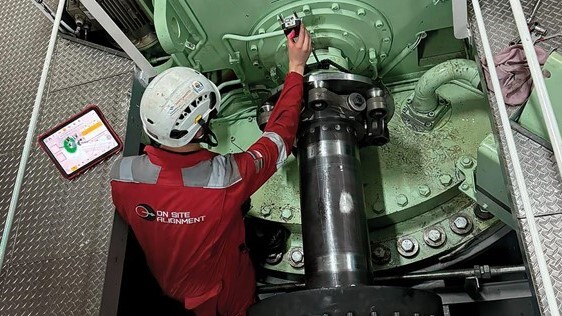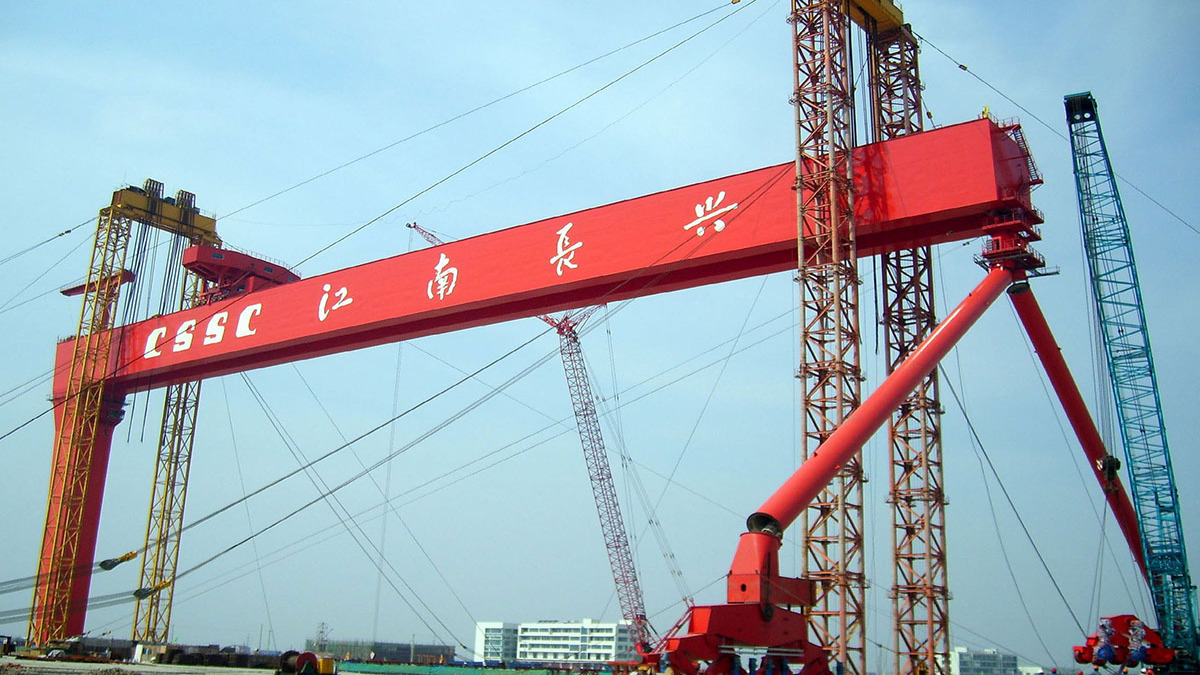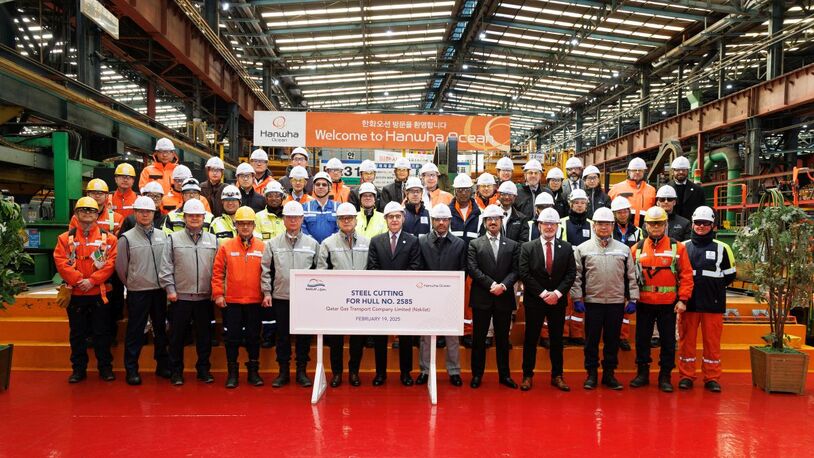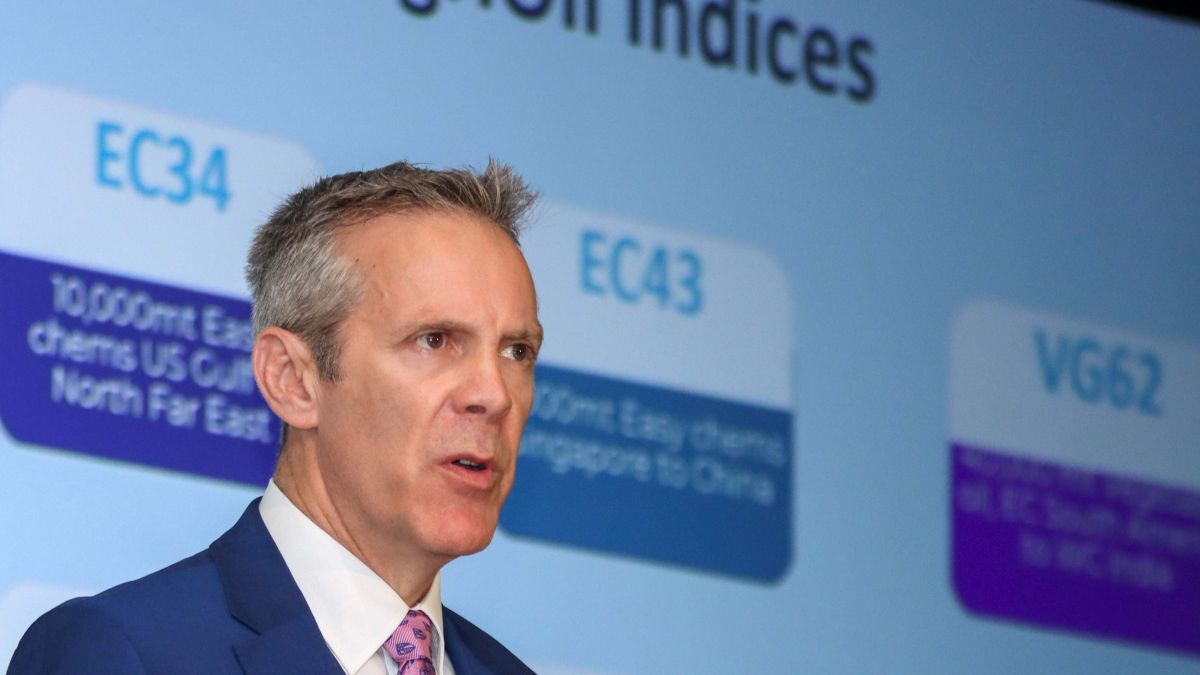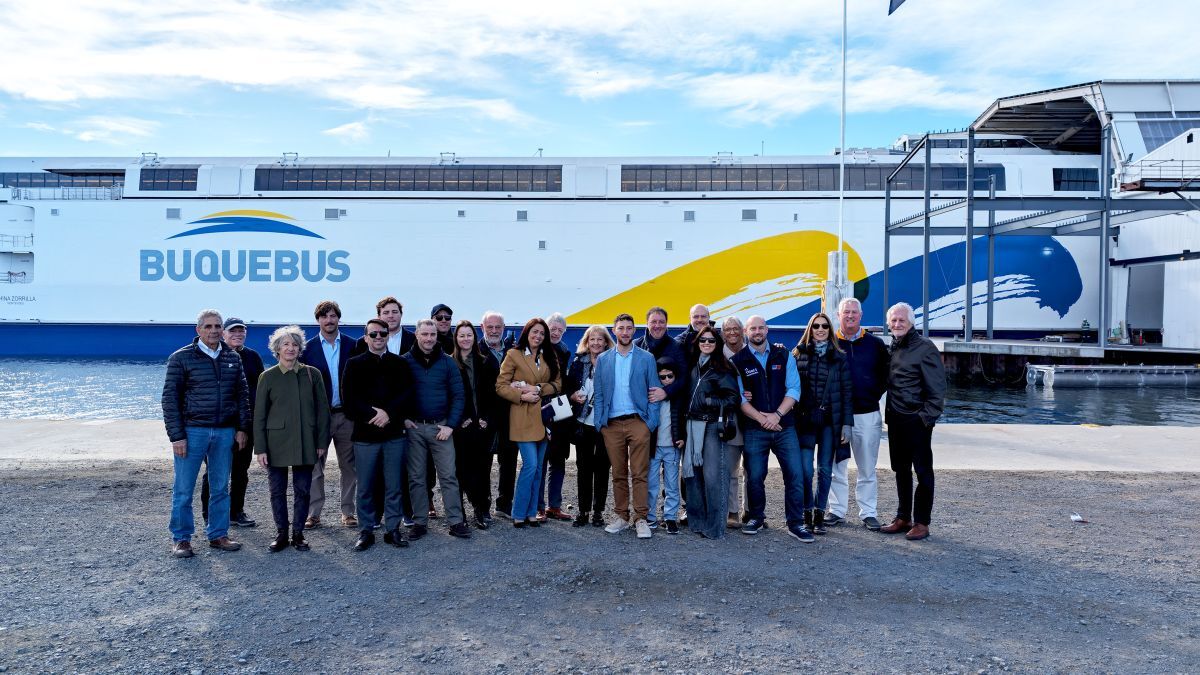Business Sectors
Events
Contents
Register to read more articles.
Greek owners to face 'strategic dilemmas' under USTR port fee plan
Greek shipowners may be forced to re-evaluate their newbuilding strategies in light of the USTR planned port fee increases targeting Chinese-built vessels
With South Korean and Japanese shipyards eager to expand their market share, the potential shift could reshape fleet investment plans.
In its latest weekly report, Greece-based Allied Shipbroking noted Greek owners have traditionally favoured cost-effective Chinese shipbuilders, particularly for bulk carriers and tankers.
However, under the new USTR notice of action, Greek shipping companies operating large Chinese-built vessels, such as VLCCs and Capesize bulkers, could face "serious strategic dilemmas" when conducting US-linked trade.
According to Allied’s calculations, foreign operators using Chinese-built VLCCs would see port fees rise from US$1.8M per voyage in 2025 to US$3.3M by 2028. Similarly, a Chinese-built Capesize vessel could incur an increase from US$1.0M to US$1.9M per voyage over the same period.
BRS Shipbrokers also noted if a Capesize vessel makes five or more US port calls per year, annual port fees would reach a maximum of US$5.0M. This would represent as much as 64% of total annual revenue, rendering operations economically unfeasible for many Capesize owners.
A potential strategic shift
In light of the anticipated cost hikes, foreign owners – including Greeks, who control the world’s largest merchant fleet – may redirect future orders to South Korean and Japanese shipyards, said Allied Shipbroking. They are also likely to adopt a more cautious approach in the secondhand market, prioritising non-Chinese-built tonnage.
Allied analysts outlined several possible strategies for Greek companies: some vessels might be flagged under US-controlled programmes, while others could form alliances with American operators to seek exemptions. Alternatively, owners may pivot to feeder and regional trades to avoid US port calls altogether.
Rising pressure on Chinese operators
The USTR proposal is expected to hit Chinese operators hardest. Allied Shipbroking estimates a Chinese-owned VLCC will see port fees rise from US$5.0M in 2025 to US$14.0M by 2028 per voyage. For a Chinese-owned Capesize vessel, fees would jump from US$2.9M to US$8.1M over the same period.
According to BRS Shipbrokers, the additional US$2.9M fee from a single US port call would represent approximately 36% of a vessel’s total annual revenue. Analysts warned that if implemented, the plan would likely deter Chinese-operated Capesize vessels from calling at US ports altogether.
Shipbroker Ifchor Galbraiths also reported a significant marketwide impact. Nearly 20% of dry bulk operators and 23% of owners would face substantial cost increases, with VLOC-Valemax, Supramax, and Panamax segments bearing the brunt.
Sign up for Riviera’s series of technical and operational webinars and conferences:
- Register to attend by visiting our events page.
- Watch recordings from all of our webinars in the webinar library.
Related to this Story
Events
Maritime Environmental Protection Webinar Week
The illusion of safety: what we're getting wrong about crews, tech, and fatigue
Responsible Ship Recycling Forum 2025
© 2024 Riviera Maritime Media Ltd.

